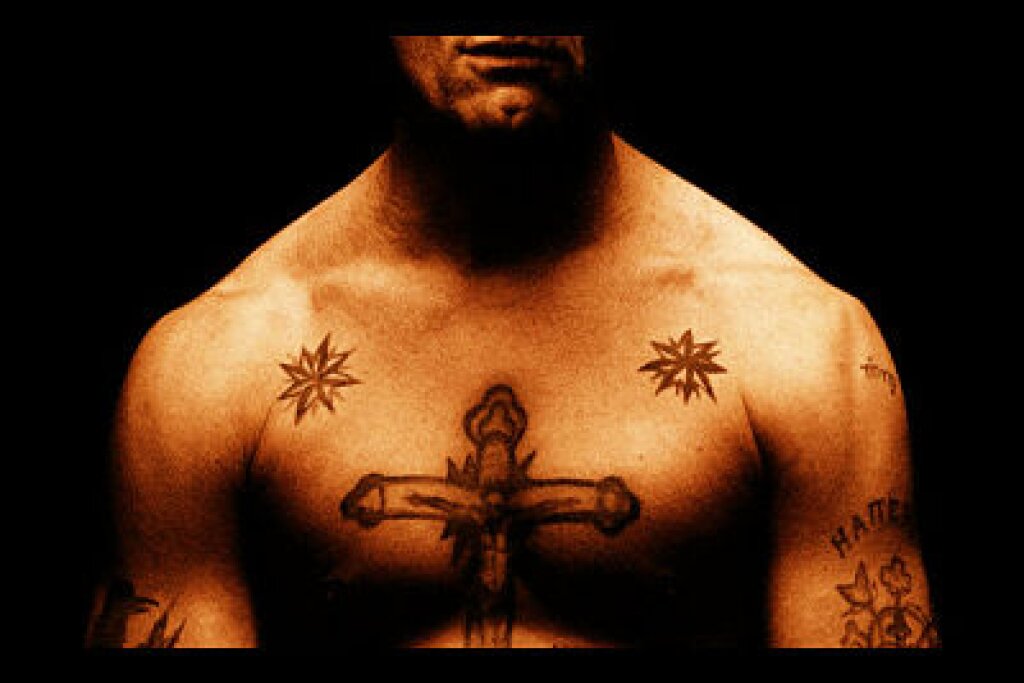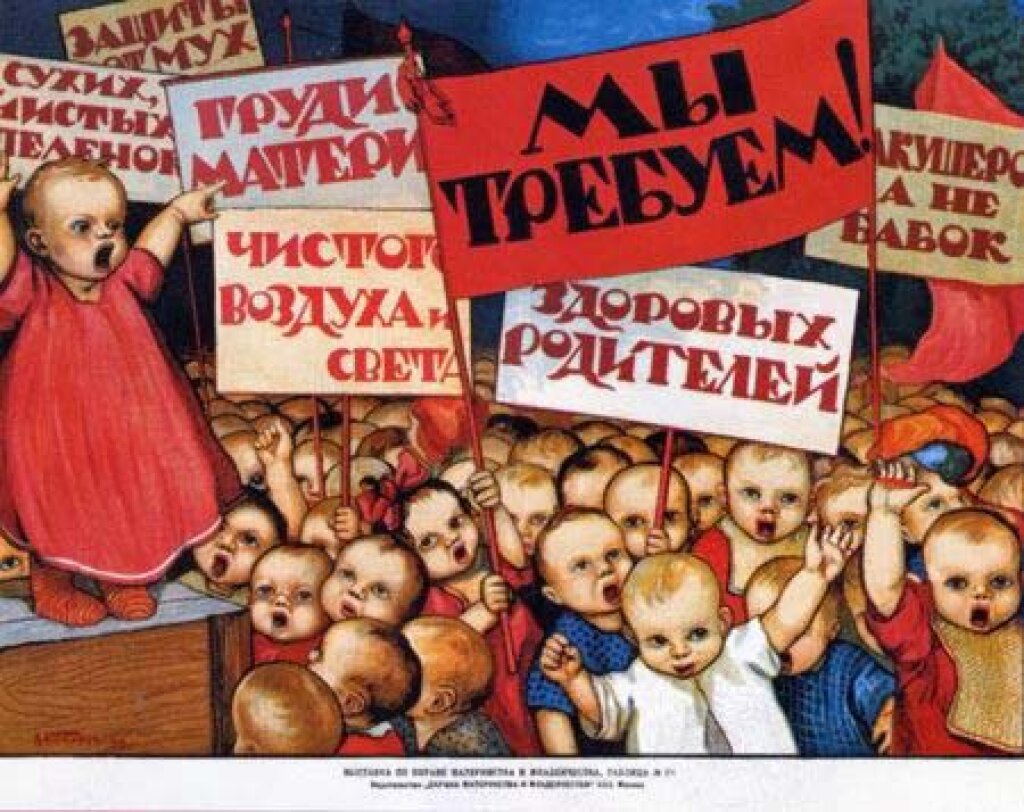The following piece by political scientists Gavin Slade (Freie Universitaet Berlin) and Matthew Light (University of Toronto) is reposted from The Monkey Cage . In conjunction with this post, the publishers of Theoretical Criminology have agreed to ungate (provide free downloads for) all of the articles in the special issue described below for the readers of The Monkey Cage through July 8.
A spectacular crime was committed on the streets of Moscow in February. Boris Nemtsov, a leading opposition politician, was shot dead against the backdrop of Red Square and the walls of the Kremlin. Who fired the shots? And if it was a contract killing, who ordered it? In the aftermath of the crime, police arrested several Chechens, a primarily Muslim ethnic group that fought, and lost, a war for independence from Russia in the 1990s and early 2000s. Following confessions, the suspects were charged with the murder.
According to pro-Kremlin commentators, the slaying was a hate crime, a reaction to Nemtsov’s support for the Charlie Hebdo satirical magazine after the attacks in Paris the month before. Others suggested that Nemtsov’s anti-corruption campaigns had upset powerful business interests. Civil monitoring bodies cast doubt on the confessions of the accused, claiming they had been obtained through torture. The general consensus among independent analysts was that justice would not be done and the real culprits would never be found.
As a major political assassination, the Nemtsov killing has garnered attention from Russia-watchers and political analysts. Yet, as a crime, it exposes an array of questions connected to law-breaking and criminal justice in Russia. For example, homicide was a pressing issue in the 1990s when crime and lawlessness exploded, but has fallen out of the headlines since then. How prevalent is homicide in Russia today? How do police, prosecutors and judges go about their work, and how independent are they from national leaders? Why do so many people believe we will never know who ordered the “hit” on Nemtsov? What forms of collaboration exist between organized crime, business and the state? Why are Chechens “the usual suspects” after high-profile killings? What differences in crime trends and criminal justice policies have emerged among post-Soviet countries?
Western audiences hear plenty of political analysis from post-Soviet countries, yet very little about basic questions of public order in those nations. A special issue of a leading scholarly journal, Theoretical Criminology, has just been published to address this gap. The special issue touches on many of the issues brought into focus by the Nemtsov murder. Almost 25 years after the collapse of the Soviet Union, this collection of papers shows that crime and policy responses to it are critical to understanding the political dynamics of the region, as also shown by last year’s Euromaidan protests against the Yanukovych government in Ukraine. There, public anger at the venality of post-Soviet officialdom helped trigger the crisis of the regime, and the subsequent police attacks on protesters brought about its final collapse. Thus, it is high time for western observers who care about the post-Soviet countries to learn more about crime and social control in this intriguing world region.
Many criminal justice issues in post-Soviet countries will seem familiar to western audiences: abuse of police powers, pressures of immigration and the rise of hate crime, collusion between politicians and business, and crises of confidence in prison systems. Yet these issues take on peculiar, local forms in the region that require specific responses as well as contextually sensitive research. The articles in our special issue work around four key dimensions of post-Soviet crime and criminal justice: Soviet legacies; official malfeasance; violence and social dislocation; and “informality”—the use of unofficial relationships to circumvent formal rules and institutions. Here are some especially provocative findings from our collection (hyperlinks are provided for free downloads of the papers):
Despite Russia’s Post-Soviet political transformation, Russians today are actually more afraid of police violence than citizens of the People’s Republic of China, perhaps for good reason (Matthew Light, Mariana Moto Prado and Yuhua Wang).
Western-inspired prison reforms meant to improve prisoners’ living conditions have actually been resisted by many inmates, who still support Soviet-style prison camps (Laura Piacentini and Gavin Slade).
Russian police massage homicide statistics to hide a murder rate that may be among the world’s highest, reflecting the harshness of Russian social relations and everyday life (Alexandra Lysova & Nikolay Shchitov).
Russia has more skinheads than any other country in the world, and the Russian government is actively courting European racist and ultra-nationalist groups, some of whom have supported Russia’s intervention in Ukraine. Yet Putin now fears that violent racists could turn against his own regime (Richard Arnold).
Despite post-Soviet efforts to reform criminal trials, judges in Ukraine and Russia remain weaker than prosecutors, while little Estonia has become an impressive beacon of judicial independence for the whole post-Soviet region (Peter Solomon).
In the Republic of Georgia, increasing political competition has been key to taming official corruption, yet in Ukraine and Kyrgyzstan, political competition actually led to greater corruption (Alexander Kupatadze).
Although Putin claims to have cleaned up Russian public administration, the market for bribes actually increased in the 2000s. Informal power networks pervade every official institution and help keep Putin in office. Yet they also impede Russia’s modernization (Leonid Kosals & Anastasia Maksimova).
These findings invite further research and comparison. In some cases, western criminological concepts – “hate crime,” “judicial independence,” “white collar crime,” “corruption” or “police abuse” – need testing anew and adapting in the changing terrain of the post-Soviet region. In other cases, entirely new concepts may be required for the realities of post-Soviet crime. The issue also poses broader questions: Will post-Soviet countries eventually converge on patterns of crime and punishment (so to speak) similar to those in other industrialized societies? And indeed what role should the United States and other western partners play in promoting criminal justice reforms in post-Soviet countries? The United States actively promoted such reform efforts, yet many of its own criminal justice policies may not work well in post-Soviet countries — and some U.S. policies have been strongly criticized by scholars and civil society.
Criminological puzzles abound in the post-Soviet region. These papers, temporarily available for free at the link below through Sage publishers, explore the diverse trajectories these countries have followed since independence in 1991. Speculation will continue over scandals such as the murder of Nemtsov or the massacre of protesters on the Kiev Maidan. Yet the contours, contexts and consequences of these events can still be drawn and analyzed – as crimes. They thus concern not only political scientists and journalists, but criminologists, as well, and indeed, any informed observer of this major world region.
Theoretical Criminology, Volume 19, Issue 2, is available now ungated (free downloads) through July 8 here.



